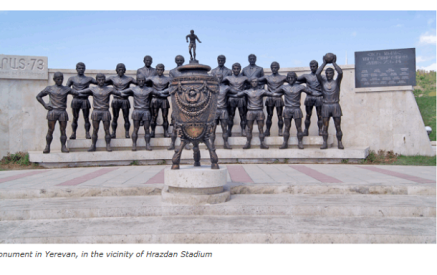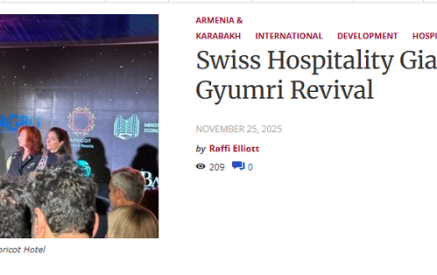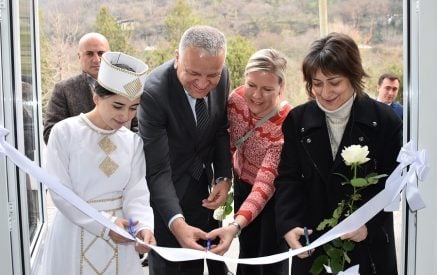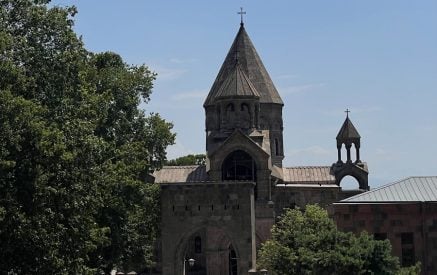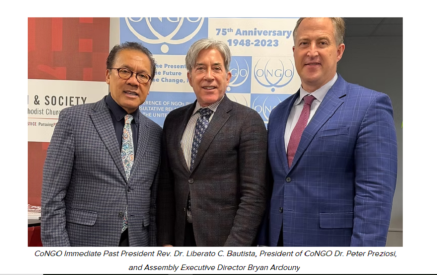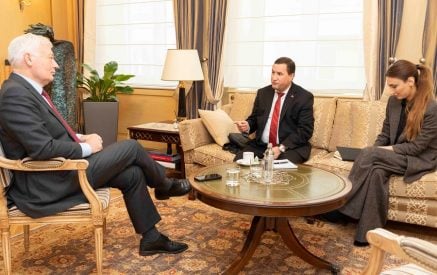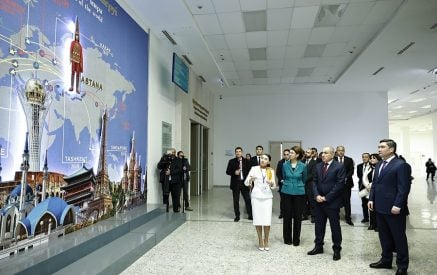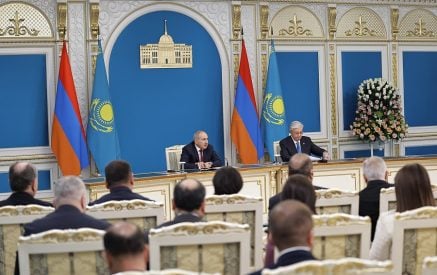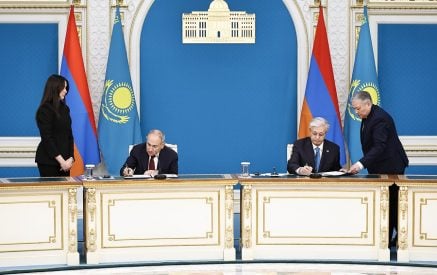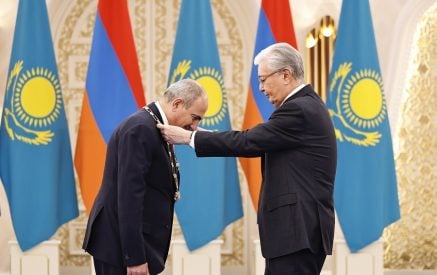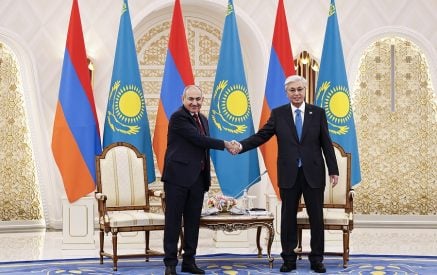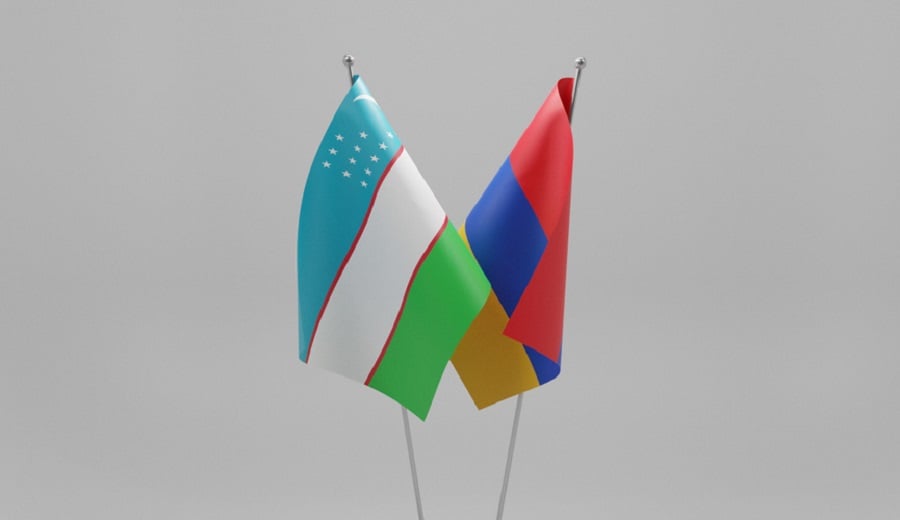Armenia currently maintains diplomatic relations with 180 countries, including Uzbekistan, with which official ties were established in 1995. While the two nations share centuries of historical connections and mark 30 years of diplomatic relations this year, much of their bilateral potential remains untapped. This article explores these opportunities, highlighting the deep historical ties between Armenia and Uzbekistan.
The first mentions of Armenians in modern day Uzbekistan date back to the 3rd – 4th centuries. In ancient Termez city, located in modern day Surkhandarya region of Uzbekistan, there was a Christian temple built according to canons of Armenian church architecture. During the Timurid empire, a large number of Armenian builders, jewelers, gunsmiths, and stonemasons worked in Samarkand. The Silk Road also played a role to strengthen ties between the two nations as merchants from both regions exchanged their goods.
A key aspect of Armenia-Uzbekistan relations is the Armenian community in Uzbekistan, which serves as a cultural bridge between the two nations. Over 80,000 Armenians live in Uzbekistan, with 50,000 holding Uzbek citizenship. Tashkent and Samarkand host significant Armenian populations, each with an Armenian church, and Tashkent is home to an Armenian National Cultural Center of Uzbekistan.
Notable figures from this community include Tamara Petrosyan, known as Tamara Khanum, who revolutionized Uzbek female dance with her song-and-dance miniature genre and showcased Uzbek art internationally, including at the 1935 World Festival of Folk Dance in London. The Tamara Khanum Memorial Museum was established in 1994 to preserve and promote her legacy. Other prominent Armenians include Vadim Abramov and Samvel Babayan, both of whom have served as head coaches of the Uzbekistan National Football Team.
Armenia-Uzbekistan relations have grown over the years, yet many opportunities remain untapped. Uzbekistan is fostering a business-friendly environment with incentives for foreign investors, presenting a promising opportunity for Armenian entrepreneurs to expand their ventures.
Read also
Tourism is one of the fields that can further strengthen ties between these two nations as it promotes cultural exchange. Talking about the tourism potential of Uzbekistan, the country is known for its unique architecture, fascinating nature and authentic culture. Uzbekistan is home to seven UNESCO World Heritage Sites and thousands of historical and archeological sites.
Tashkent is the capital of Uzbekistan, and it is known for its modern buildings, beautiful parks, and unique Soviet architecture. It is the most populated city in Central Asia. Some of the city’s most visited attractions are Tashkent TV tower, which was once the third tallest tower in the world; Chorsu bazaar, a traditional Uzbek bazaar which takes you back to previous centuries; and The Magic City Park, which is known as the Uzbekistan’s Disneyland.
Samarkand, the second largest city in Uzbekistan, is known as the oldest city in Central Asia. In 2007, the 2750th anniversary of Samarkand was celebrated. Samarkand was the capital of the Timurid Empire. During his reign, Amir Timur brought the most talented architects and artists to the city of Samarkand and ordered them to construct beautiful structures. Today, after several centuries, these monuments are still standing in the city of Samarkand, amazing those who spend time in the city.
Nature lovers can also enjoy the unique flora and fauna of Uzbekistan. Zaamin, located in the Jizzakh region of Uzbekistan, is known for its mountainous environment and spectacular views. Amirsoy Winter Resort in the Tashkent region was constructed through a partnership with Switzerland, and it is famous for skiing and other winter activities. Visitors can also enjoy Kyzylkum safari which allows them to camp and stay in nomadic yurts in the unique Central Asian desert. Another unique destination is the Aral Sea, which was once the 4th largest lake in the world and then lost more than 90 percent of its water.
As Armenia and Uzbekistan celebrate 30 years of diplomatic relations, their shared history, unique cultural ties, and growing economic potential lay the foundation for deeper cooperation. From historical connections along the Silk Road to the presence of a strong Armenian community in Uzbekistan, these nations have long-standing bonds that can be further strengthened. Expanding trade, investment, and tourism can unlock new opportunities, bringing mutual benefits and promoting closer ties between the two countries. As both nations look to the future, there is immense potential to build on this partnership and explore new avenues of collaboration.








